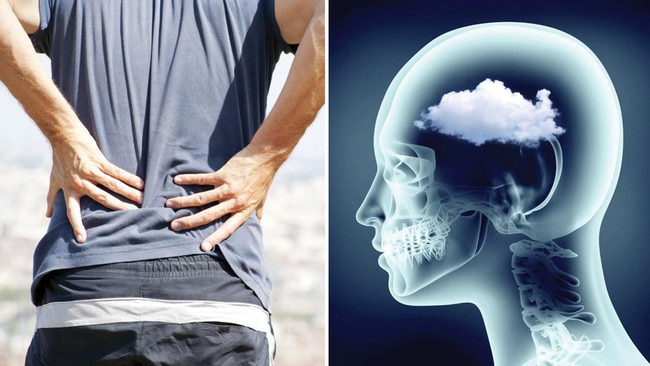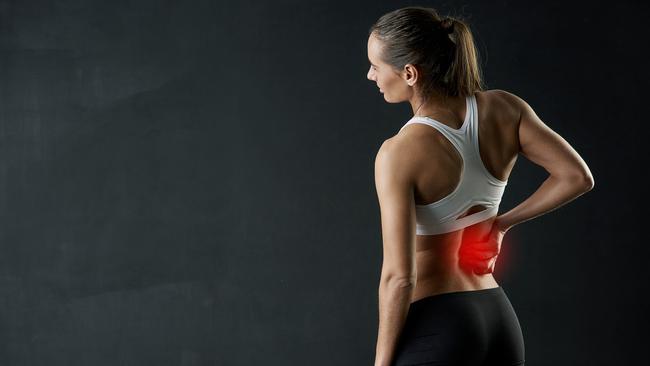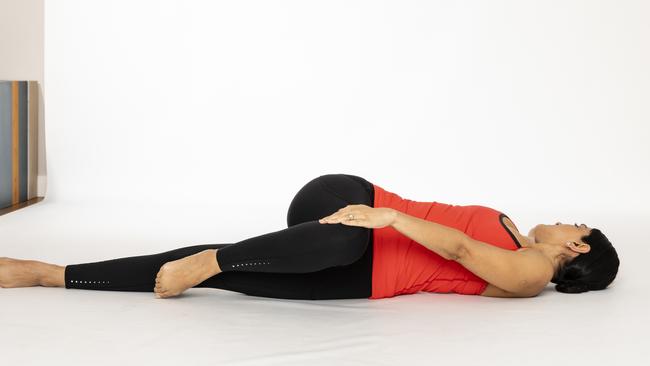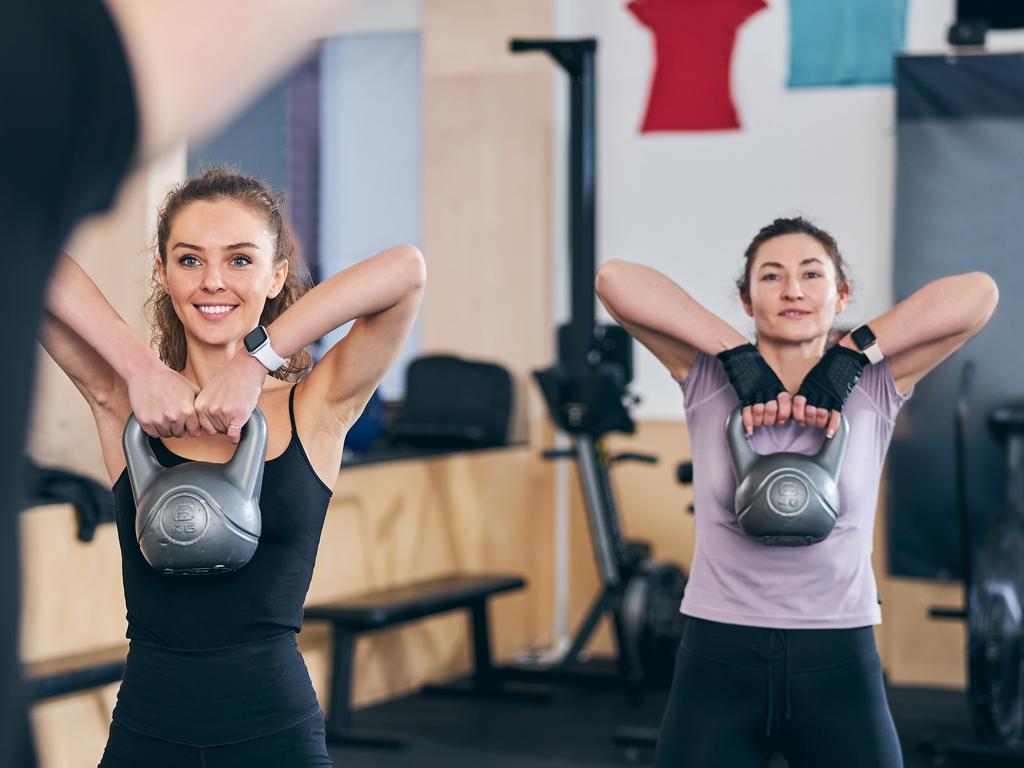The mystery of why exercise eases back pain
What’s certain is that people with back and muscular problems must keep moving, but there’s a cerebral twist in why it works.

Exercise is helpful for relieving chronic back pain and other musculoskeletal conditions, but perhaps not in the ways we might think. For, while physical activity will improve back mobility and core strength, researchers suspect that many of the pain-relieving effects it induces are largely in the mind.
In a new study, published in the journal Sports Medicine, Daniel Belavy, professor of physiotherapy at the University of Applied Sciences (Hochschule fur Gesundheit) in Bochum, Germany, and Dr Clint Miller, a lecturer in clinical exercise physiology at Deakin University in Australia, found that the benefits of exercise on easing discomfort for sufferers of chronic muscle pain are no better than sham placebo treatments such as fake pills, creams and injections.
Belavy says that results of his meta-analysis of 79 studies involving 4,719 patients don’t mean that people with back and muscular pain should ditch workouts that seem to help them, but that mystery still surrounds how and why they might be working. “Exercise can and does have known physiological effects on strength, function and endurance of muscles,” he says. “But we only looked at exercise effectiveness on pain and discovered that much of the benefit is placebo related.”
Placebo power
The findings, he says, were eye-opening. “It is clear from previous studies that placebo effects play a role in all healthcare interventions — from massage to acupuncture — so we were prepared to see some component of that with exercise,” he says. “However, that the placebo effect of exercise is so large was a bit surprising.”

It’s not the first time that researchers have attempted to unravel the puzzle of how physical activity eases pain. Last year a team from the University of New South Wales and Neuroscience Research Australia reviewed 110 papers involving more than 7,000 participants to try to find out why exercise works for chronic low back pain (CLBP), defined as pain felt on the back of the body between the bottom of the ribs and the bottom of the backside lasting three months or longer.
Yet Dr Matt Jones, the accredited exercise physiologist, clinician and researcher at the University of New South Wales who led the study in the journal Musculoskeletal Science and Practice, admitted he remained baffled to discover there was no clear agreement between scientists about its actions.
“Despite decades of research in the area and more than 100 studies we analysed in our review, we still do not have a good idea of why exercise might be effective for chronic low back pain,” Jones says.
The pain threshold
Part of the problem is that chronic pain is notoriously “tricky” to study with so many contributory factors and with each case varying wildly from the next. “With CLBP, it’s not simply biological aspects of tissue damage, but there are psychosocial elements at play, as well as things like a person’s mood or confidence in their own abilities to do something,” Jones says.
It is known that exercise does have some mood-enhancing and analgesic effects. “It increases your threshold to feel pain,” Belavy says. “And we have reported that this effect increases over time.”
Equally important, though, are the “contextual factors” that produce placebo effects. There’s evidence, he says, that the marketing of a treatment, the process of visiting a therapist, the way a clinician speaks to a patient and a healthcare setting can all influence whether someone benefits from a treatment.
“These kinds of contextual factors are also at play when visiting a gym or when with a personal trainer, although the degree of the placebo effect will vary from person to person,” Belavy says. “For example, someone who does not feel comfortable in a gym environment may not experience the same level of pain improvement as someone who enjoys being there.”
There is, he says, much more to investigate before clearer guidelines can be published. To date, studies haven’t used a placebo protocol that is necessarily optimal for testing against exercise. “They have used fake electrotherapeutic machines, fake creams or injections or a placebo tablet that the patient swallowed.

“What we don’t yet know is that if we use a modified form of exercise as a placebo, will it provide the same pain-relieving placebo effect as the real workout?”
What’s certain is that people with back and muscular pain must keep moving. “If someone has pain for a long period of time, it is important to try to keep active,” Belavy says. “Once pain has become ‘chronic’, the tissue is no longer inflamed and being inactive will tend to reinforce pain sensitivity pathways; in other words, your pain will feel worse if you do nothing at all.”
Everyone will have something that will work for them. “Different people will require different types of exercise to help manage their condition. The message remains to find exercise that works for you and keep at it.”
WHAT MIGHT WORK FOR YOU?
In a 2019 review published in the British Journal of Sports Medicine Professor Daniel Belavy found the following to be the workouts that work best for back pain relief.
1. Resistance exercise
Lifting weights and doing body weight exercises such as push-ups and squats were shown to boost the physical function and emotional health of people with lower back pain.
2. Cardio
Anything that “improves the efficiency and capacity of your cardio respiratory system” is helpful for back pain relief, Belavy says. This includes walking, cycling and jogging.
3. Core work
Pilates scored well in terms of reducing pain, but Belavy says other core strengthening workouts are just as good. “Pilates didn’t turn out better than other active forms of exercise, such as stabilisation exercises, which target the trunk muscles, aerobic activity and resistance exercise.”
The Times







To join the conversation, please log in. Don't have an account? Register
Join the conversation, you are commenting as Logout